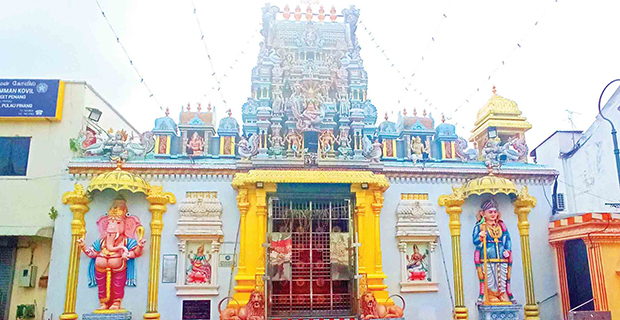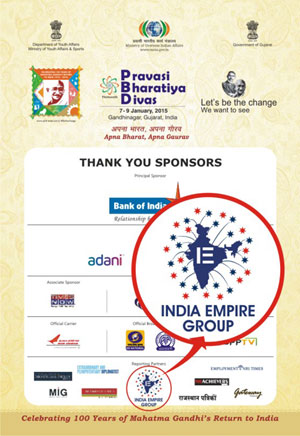A Bridge Between Diasporas
Raksha Daryanani Thani finds unexpected kinship, flavours, and cultural belonging during her journey to Malaysia‘How about a trip to Penang and Kuala Lumpur in July? I think you’d love it,’ said my mum on a call in February this year.‘Malaysia sounds fun. But would it mean no home food?’ I asked.‘I wouldn’t say that. The place has lots to offer,’ she said.
That was all I needed to hear. As a Sindhi girl who was born in Chennai, raised in Paramaribo, and now resides in Barcelona, I’m always longing for a sense of home. I’ve come to define it as a triangle of Surinamese, Sindhi, and South Indian flavours, and a mixture of Indian traditions. I fill this void every year by visiting my mum. So I agreed to the trip, making a conscious decision to skip research on Malaysia’s culture and hotspots. I wanted the destination to surprise me. On a sunny day in July, after three flights and a cab, mum and I arrived in Penang. I knew it was the right decision the moment our cab stopped in George Town.
Pranaam to Penang
Walking around George Town, surrounded by temples, shrines, and mosques, felt like being in a microcosm of Asia. The confluence of cultures mirrored Suriname’s diversity, except for the South Indian touch. China Town was also a delight. Store signs in red, yellow, and gold were in Chinese, and both Hokkien and Mandarin were spoken by the youth and elderly.
Malay women’s elegant way of draping printed and plain shawls stood out, and long queues outside dhaba-style restaurants highlighted where to get the tastiest nasi lemak and laksa. I finally understood why George Town was designated a UNESCO world heritage site in 2008.
‘I wanted you to experience Little India. They’ve got the best dosa and idli,’ said mum with a twinkle in her eye. Even though we were a few streets away from our starting point, it felt like being in a different country altogether. Bright garlands of marigold and jasmine flowers hung outside shops. The scent of cardamom and garam masala lingered in the air, while elaborate, colourful kolams adorned the pavements. I was mesmerised.
I treated myself to a lamb dum biryani, whilst mum satisfied her craving for masala dosa at a restaurant that served home style food. The waiters, dressed in checkered blue lungis, served our food in stainless steel plates and copper bowls. A South Indian family of four sat at the table to our left, laughing and chatting away. They shared food amongst themselves and ate with their hands. The scene was akin to mealtime in my parents’ home: we had every meal together when I was growing up. On Sundays, we exchanged stories for hours while relishing dad’s Sindhi biryani or mum’s Surinamese duck curry. How wonderful it must be to live near or in an area that sells everything you need, and enjoy a traditional meal together.











Comments.